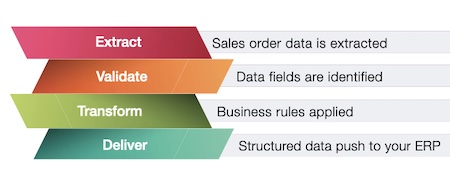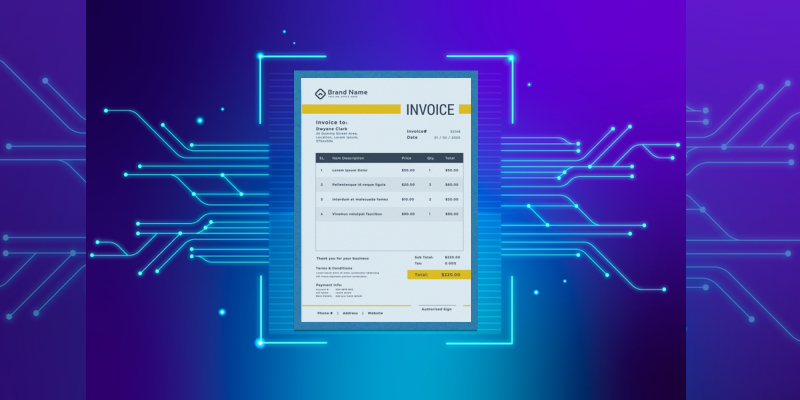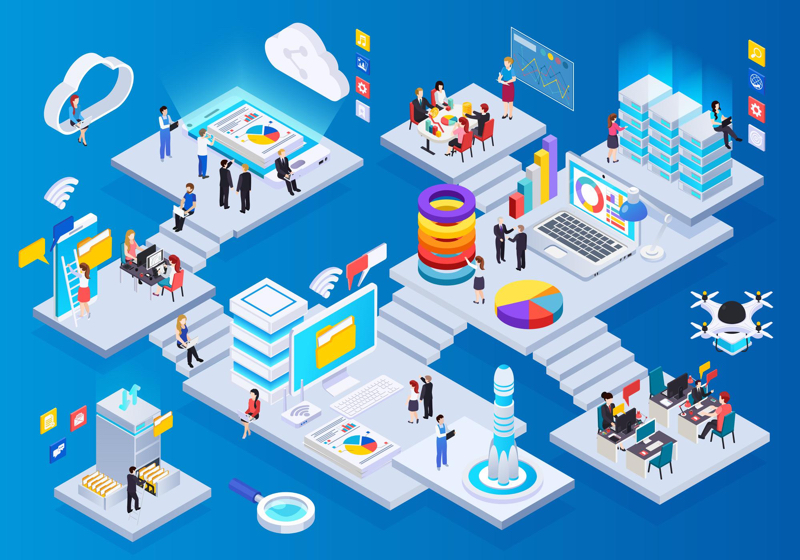Sales Order Automation for the Enterprise
Sales Order Automation for the Enterprise https://echovera.ca/wp-content/themes/corpus/images/empty/thumbnail.jpg 150 150 Tim Robertson https://secure.gravatar.com/avatar/6847ba38495b3996e0bdf3a15c015e0c?s=96&d=mm&r=g What Is Sales Order Automation?
What Is Sales Order Automation?
Sales order automation is a digital tool that performs tasks such as scanning and capturing sales order data, verification of the data, applying your business rules, and delivering structured data to the ERP. The technology uses artificial intelligence (AI) and machine learning to automate these steps throughout the sales order process, removing friction and giving customer service a break from repetitive paperwork or data input.
How Does Sales Order Processing Automation Work?
Automation technology powered by AI simplifies the sales process by eliminating repetitive manual tasks. This allows sales and customer service staff to focus on their relationships with customers, rather than spending time on repetitive, administrative tasks.
By automating tasks such as entering orders from any source, checking details against customer records, validating the data and sending structured data to the ERP, an organization can reduce the friction in their sales process.
According to Heinz Marketing, 71% of sales reps believe that automation significantly reduces the time they spend on data entry. Not only that but CFOs appreciate how it accelerates cashflow.
Major Benefits of Using Automation for Sales Orders
There are several benefits to automating sales orders:
- Efficiency: Automates up to 95% of manual data entry and validation, significantly speeding up the sales order process.
- Cost Reduction: Minimizes the need for manual labor, allowing customer service to focus on their relationships with customers as opposed to time-consuming administrative tasks.
- Increased Productivity: Automates the entire order process from capture to approval, making the sales order process more streamlined and error-free
According to a survey by LeadSquared, 58% of sales reps have found that sales automation increases productivity. - Improved Customer Service: Faster and more accurate order processing increases customer satisfaction due to faster response times and better service overall.
Getting Started
According to McKinsey & Company, companies that use digital sales solutions experience up to five times the growth of their competitors. Integrating sales order automation into your sales order process can dramatically increase your team’s productivity and benefit your cashflow.
Start transforming your sales process today and experience these benefits first-hand. Find out more about EchoVera’s Sales Order Automation.















